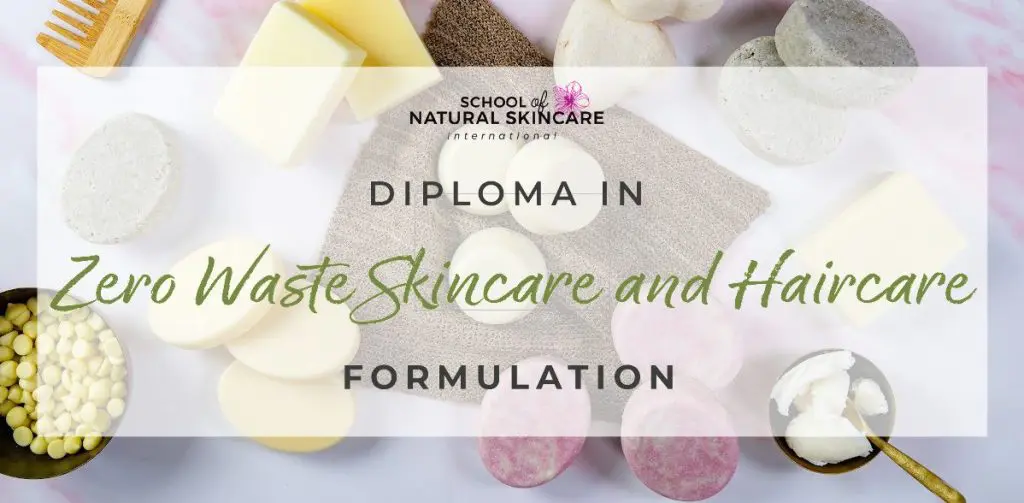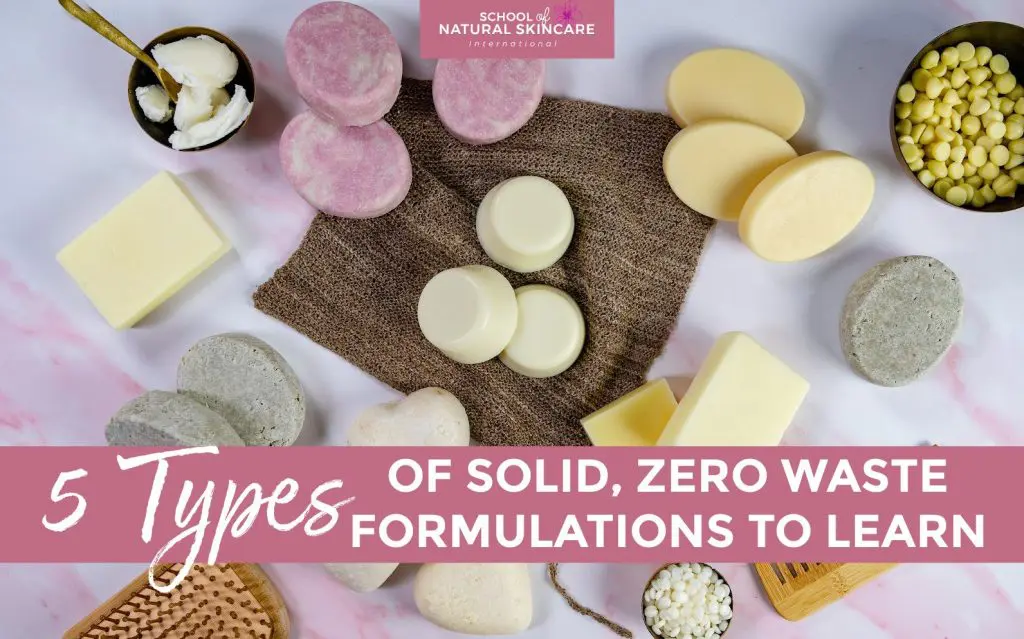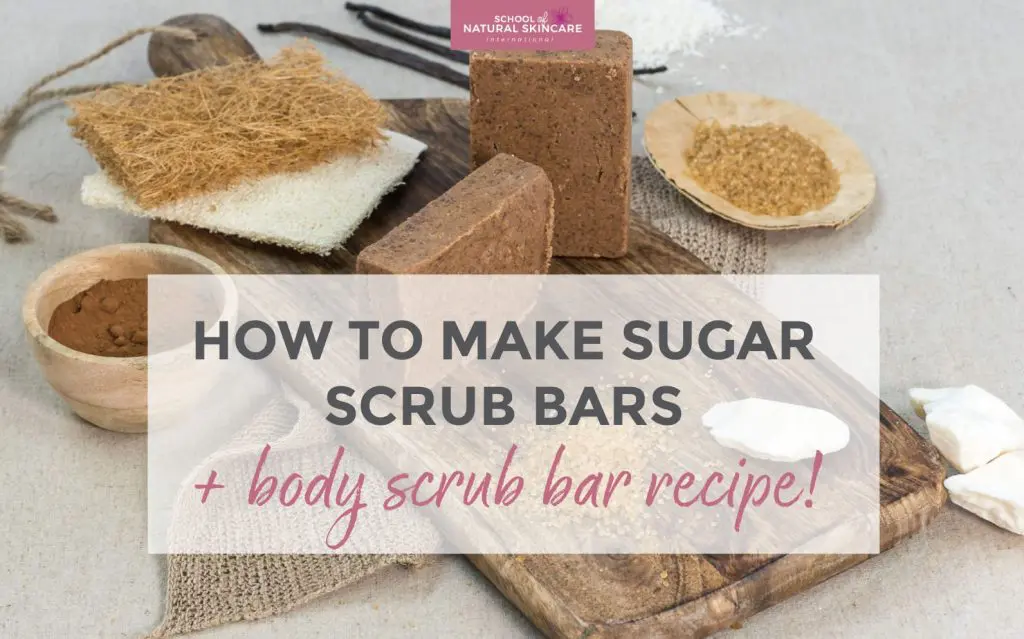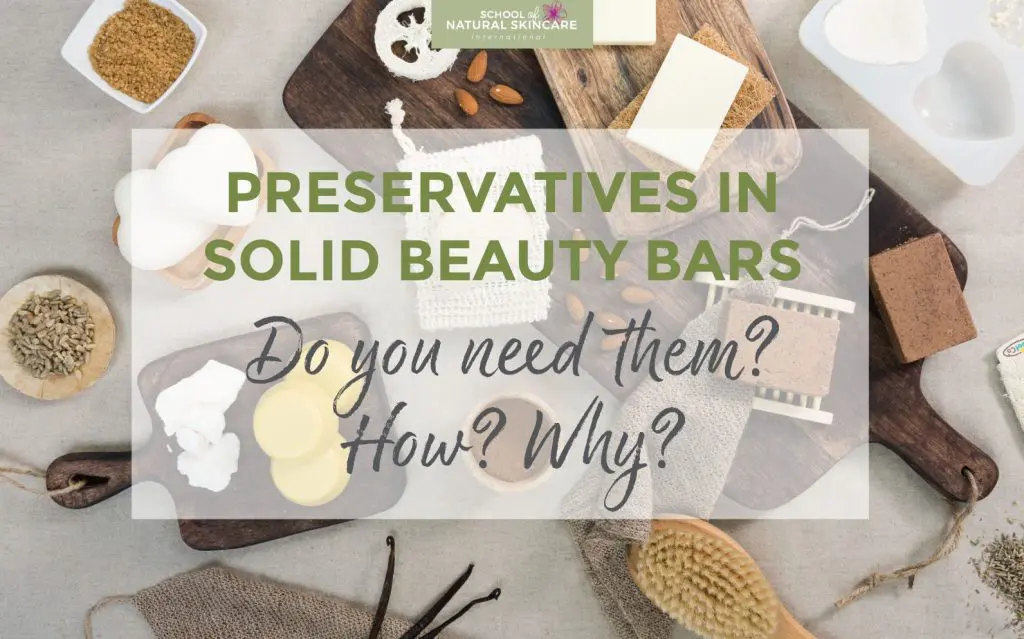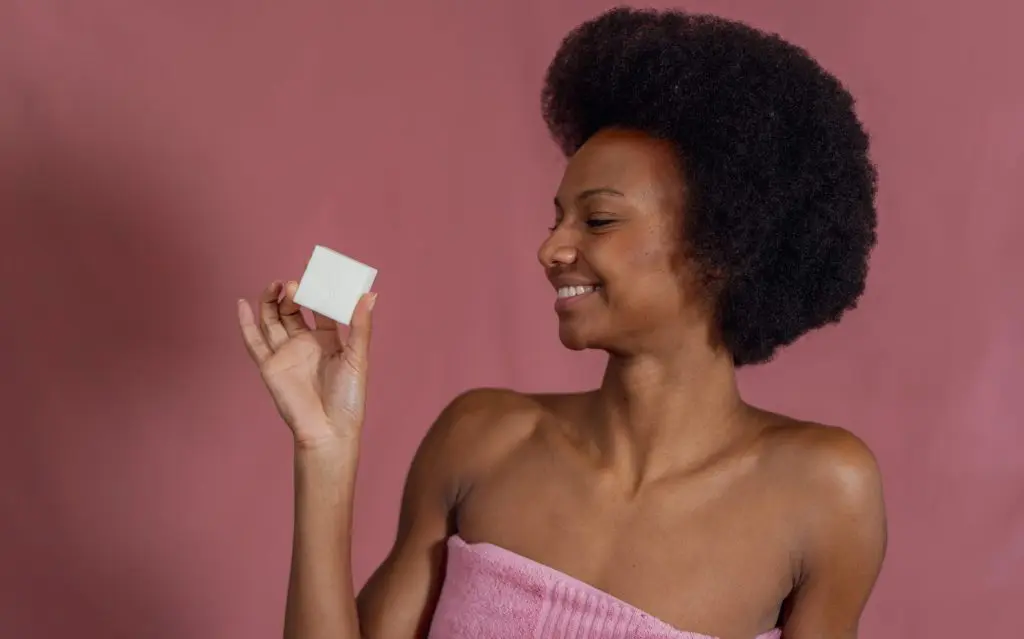It’s possible to replace almost every product in your skincare routine with a solid, zero waste product!
But did you know that not all solid bar formulas are the same?
There are actually five main types of solid bar formulas that you can make: emollient-based bars, surfactant-based bars, powder-based bath bombs, clay-based bars and cold-process soap bars! Each serves a different purpose and is suitable for different types of products. Let’s delve in and learn more!
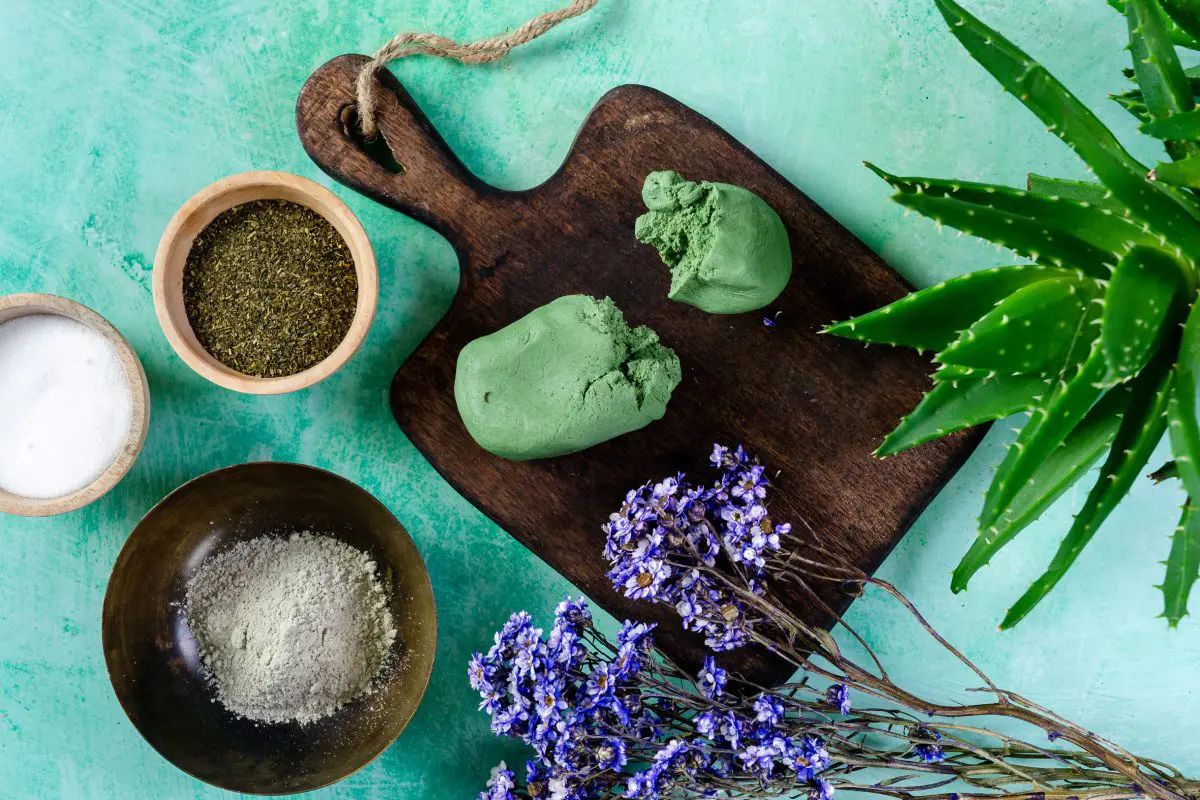
1. Emollient-based bars
These are fairly simple formulations that use emollients (eg carrier oils and butters) as the base and lipid thickeners (eg waxes, fatty alcohols) to give them their solid form. The ingredients are heated together so the solid ingredients melt, then poured into a mold.
To make emollient-based bars easier to wash off you can include emulsifiers in the formula.
It’s even possible to add certain kinds of surfactants to these products to aid with rinse-off, but note that as surfactants are water soluble not all surfactants are suitable for solid oil-based products. In our Diploma in Zero Waste Skincare and Haircare Formulation we’ll explain which surfactants you can include and how to incorporate them.
You can include exfoliants to make them into scrub bars for the face or body!
Emollient-based bars need to be formulated to melt easily on the skin, but remain solid at room temperature. This means the formula needs to be adapted to the climate, since hotter climates will require harder bars with a higher percentage of lipid thickeners.
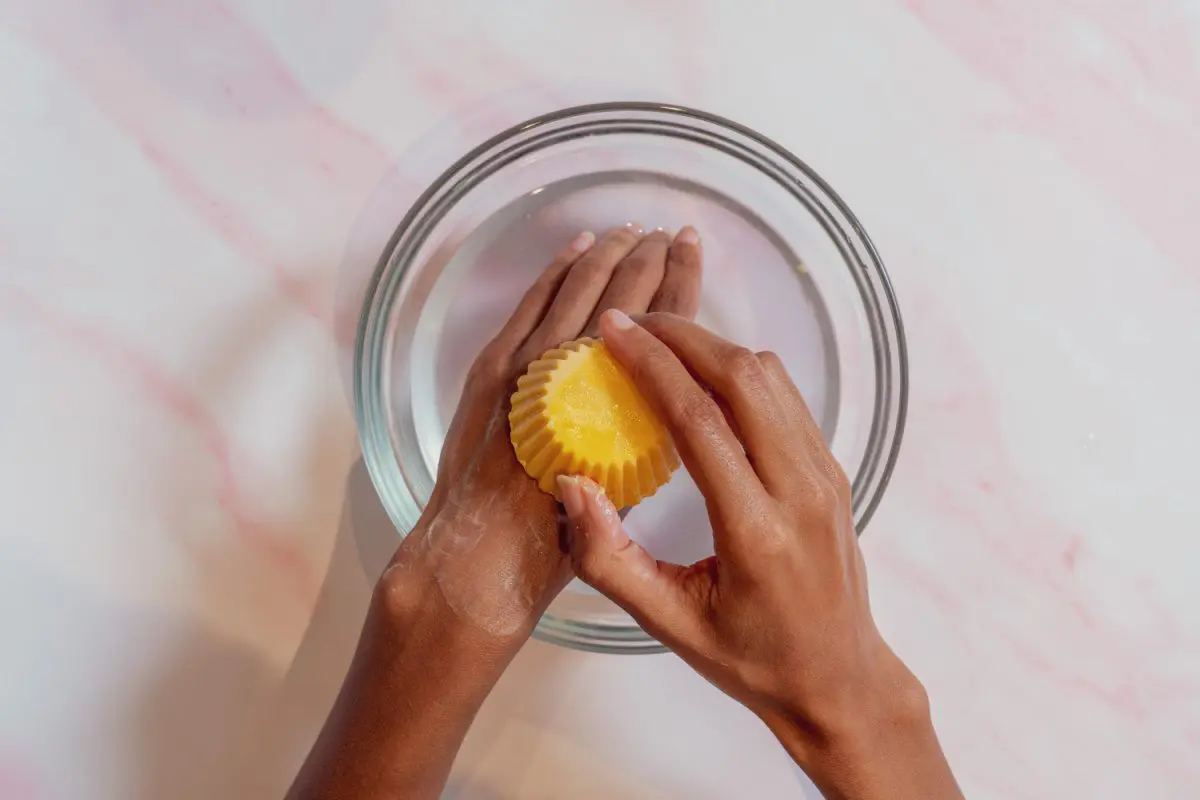
Cleansing bars, make-up remover bars and scrub bar
Emollient-based bars are great for oil cleansers, makeup removers and exfoliating scrub bars.
The oils in the bar melt away makeup, sunscreen and other oil soluble impurities from the skin, making them a perfect choice for step one of two-step face cleansing.
The bar is used by rubbing it on dry or wet skin, so that the emollients melt and release a gentle cleansing oil. Massage the oil on the skin, then rinse with warm water.
Solid moisturizers, lotion bars, serum bars and massage bars
Emollient-based bars work wonderfully as moisturizers, providing the skin with nourishing emollients that smooth and soften the skin and helping to keep the skin moisturized by preventing transepidermal water loss.
Depending on the ingredients chosen they can be formulated as lotion bars, facial serum bars and massage bars!
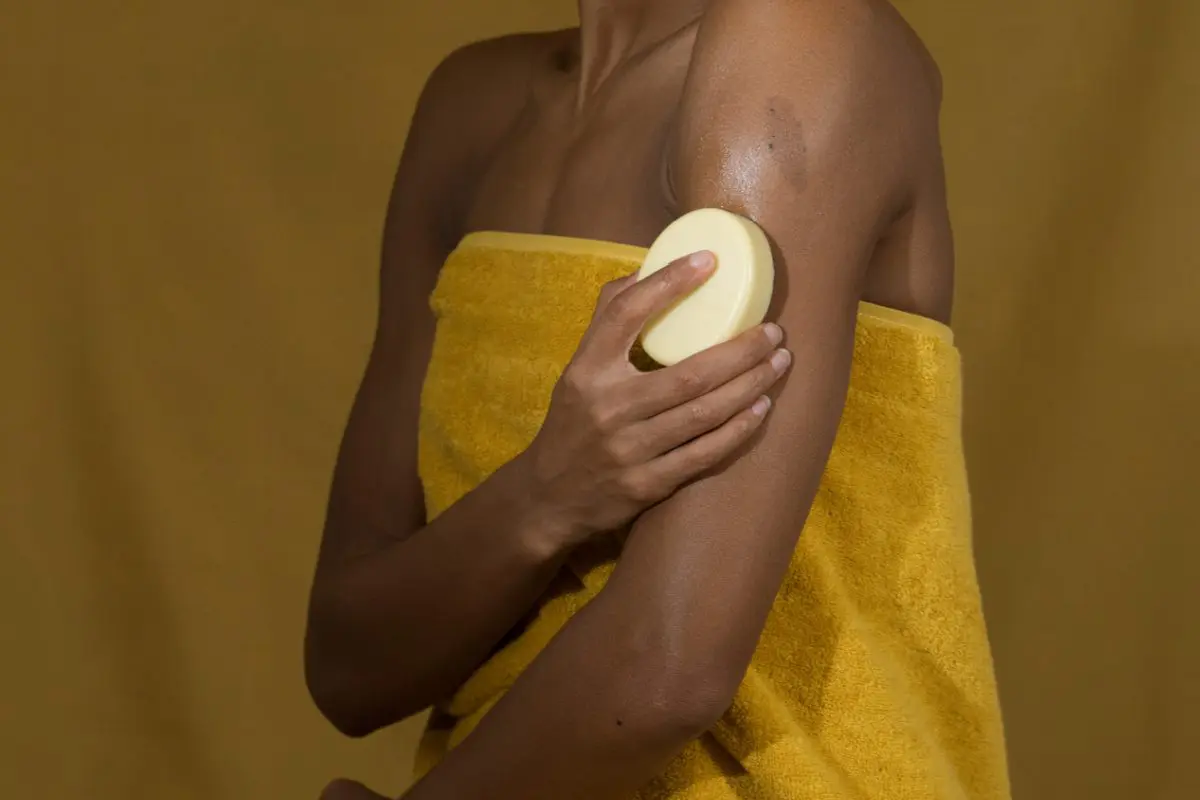
Hair conditioner bars
Solid hair conditioners also fall into the category of solid emollient-based bars. The main difference is that they need to contain a high amount of a specific kind of emulsifier that will provide conditioning properties to the hair.
Bath melts
Bath melts are another type of solid emollient-based bar. Simply drop one in the bath for a relaxing bath and emerge with soft, nourished skin. You can even include special emulsifiers to help the oils disperse in the bath water.
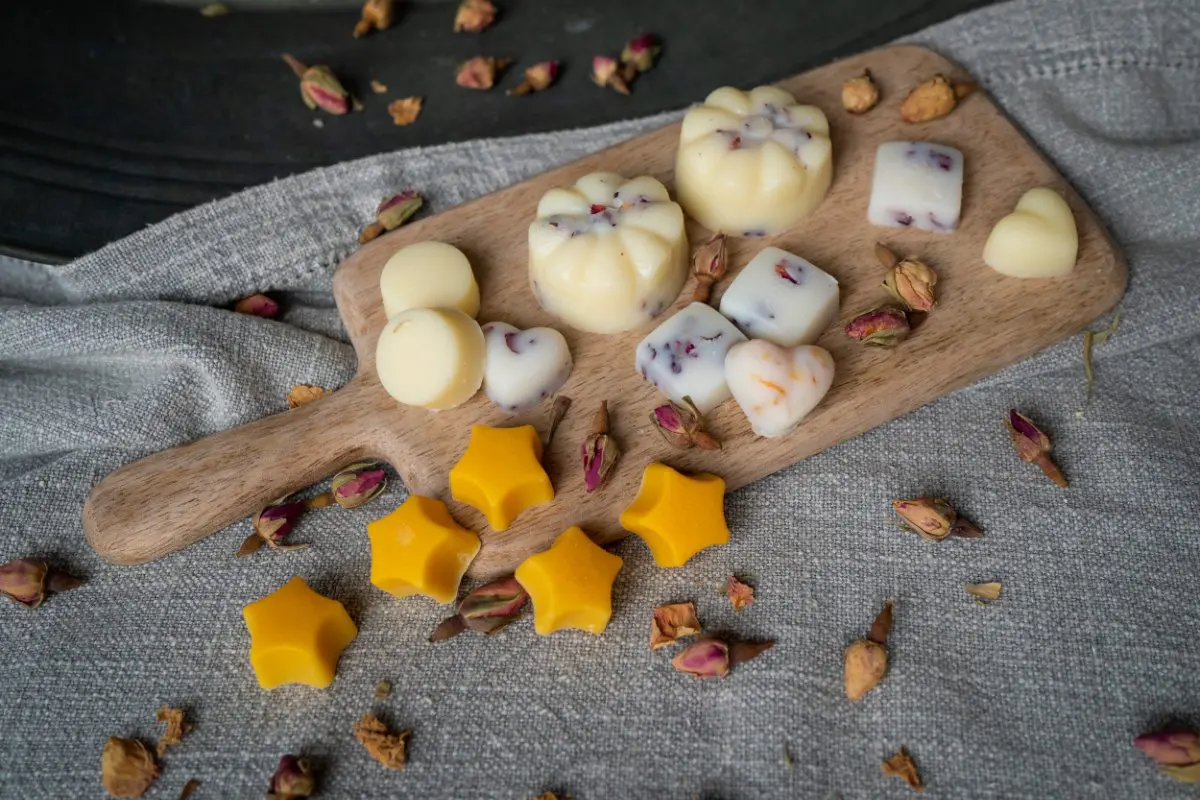
2. Surfactant-based bars
Surfactant-based bars are very good at cleansing. As the name suggests, these are mainly based on surfactants, which give the products their cleansing function and which also create lather and foam.
In order to make them solid enough, the majority of surfactants need to be in solid form (powder, prill, pellets) with just a small quantity of liquid surfactants.
To make them more gentle, nourishing emollients (such as carrier oils, butter or fatty alcohol) can be added to the formula.
Two main methods can be used to make surfactant-based bars and you’ll learn both on our Diploma in Zero Waste Skincare and Haircare Formulation.
To use a surfactant-based bar, simply rub it on wet skin or hair. Massage the skin or hair with your hands to create some lather, then rinse off.
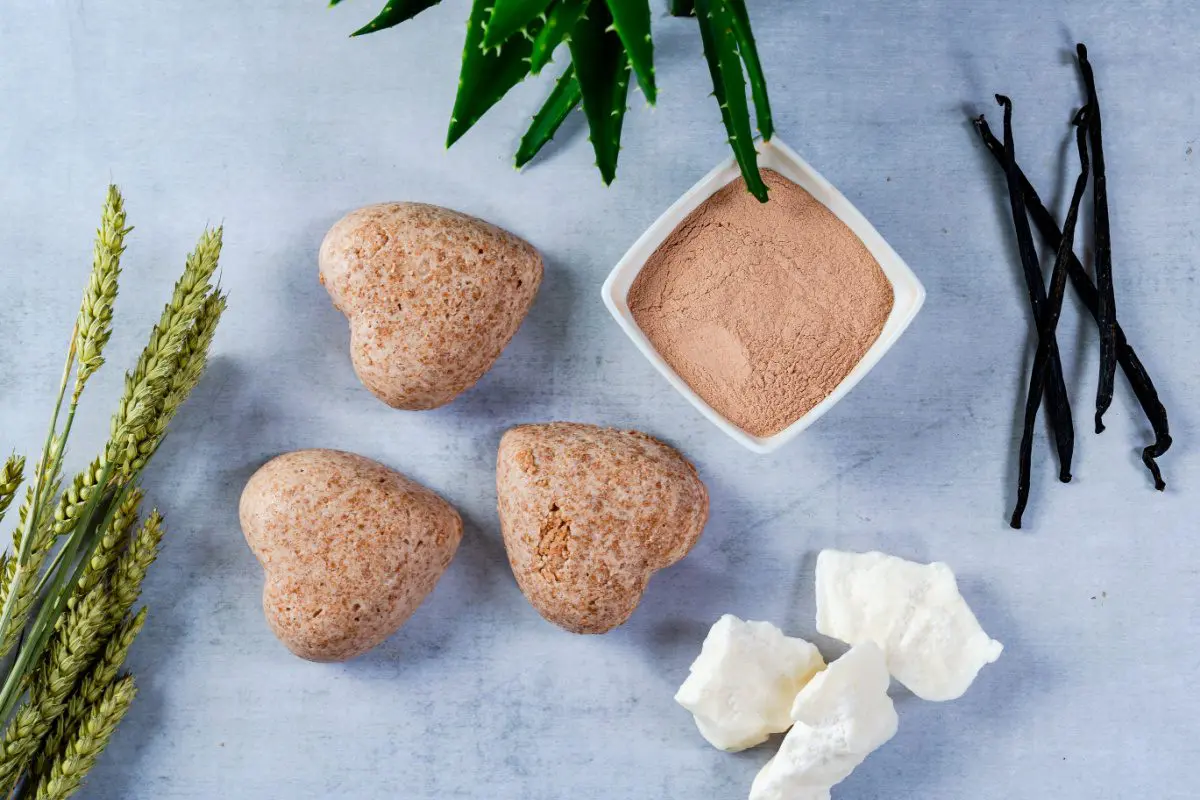
Solid shampoo bars
Solid shampoo bars are a great example of surfactant-based bars. True shampoo bars are not soap bars but rather use surfactants to provide effective and gentle cleaning of the hair and scalp.
Body wash bars and facial cleansing bars
If you prefer not to use soap bars then you’ll love body wash bars and facial cleansing bars. They may look like soap bars but they are not!
Surfactants provide gentle cleansing, and emollients provide skin moisturizing and nourishing properties.
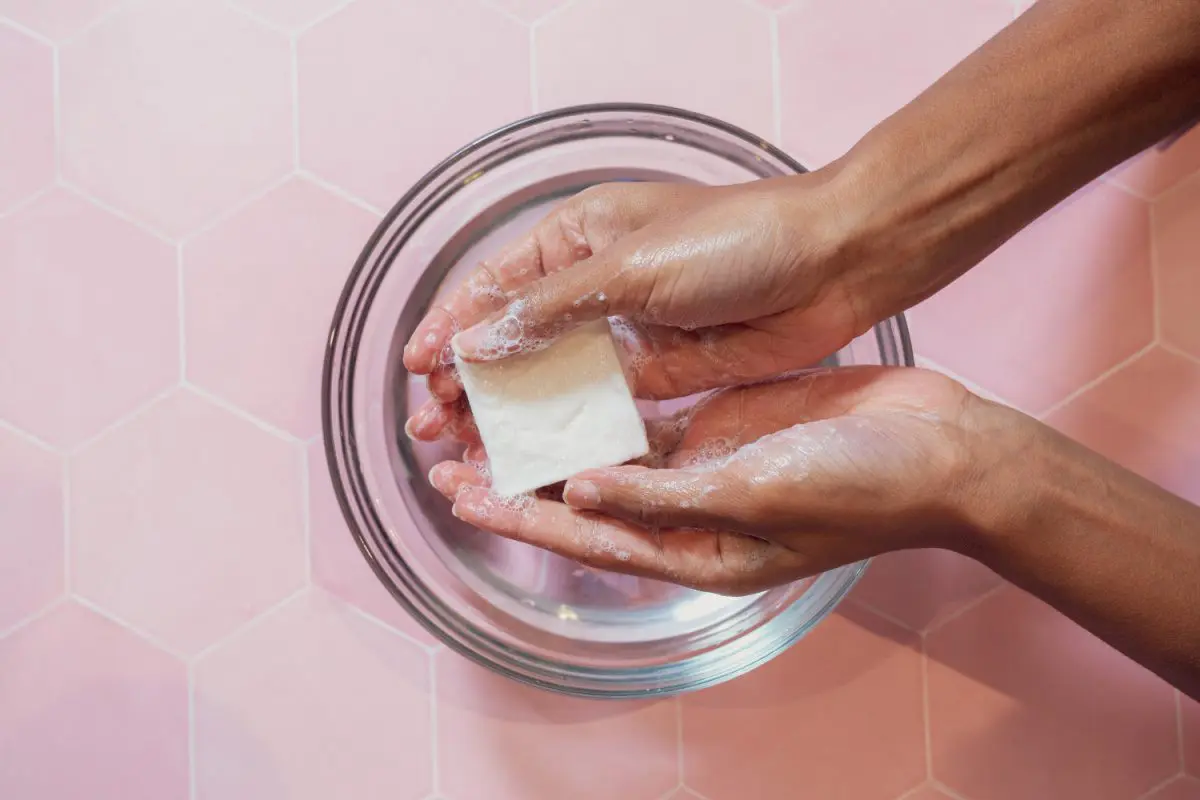
Bubble bath bars and shower bombs
A fun use of surfactant-based bars are bubble bath bars! They are crumbled under running water to create an abundance of foam and are a wonderful replacement for liquid bubble baths packaged in a bottle.
Shower bombs become a creamy, foaming paste that can be lathered against the skin to cleanse it, creating a novel shower experience.
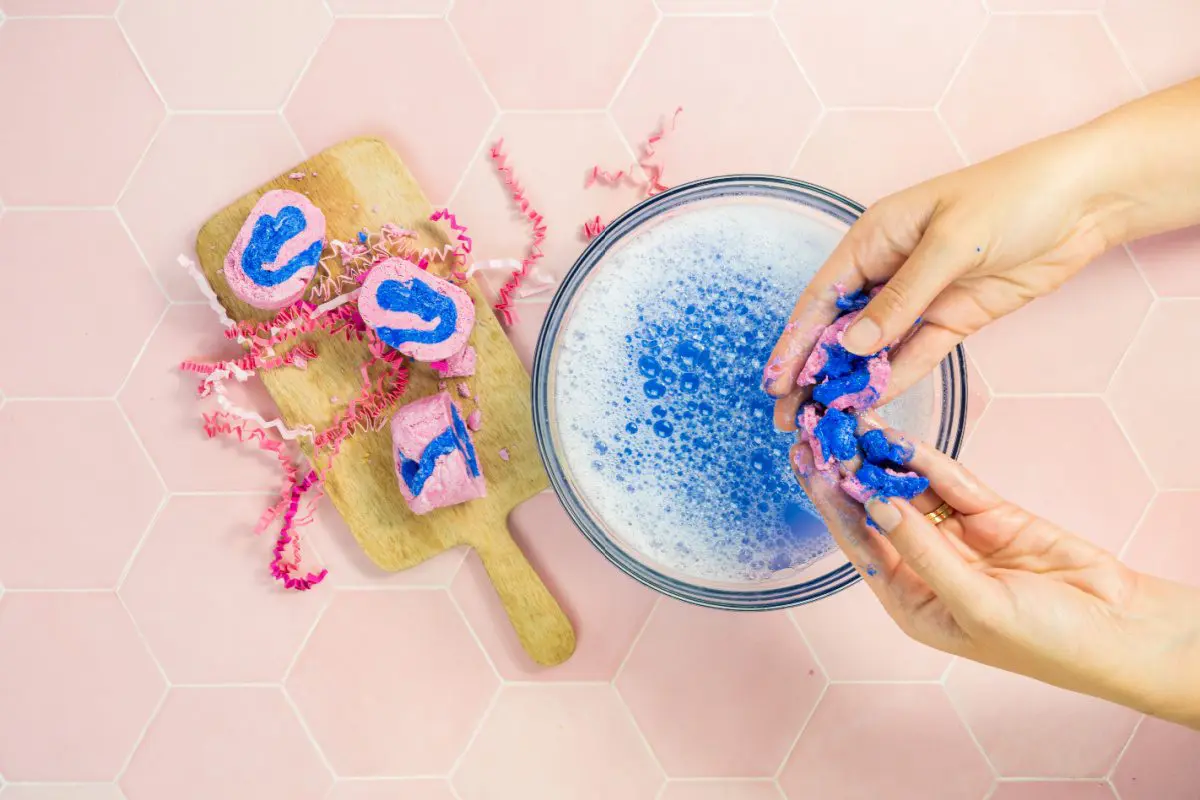
3. Powder-based bath bombs
Bath bombs fall into a category of their own! They contain a variety of powders – citric acid and sodium bicarbonate are the main ingredients – and are pressed into molds to create solid shapes.
It is really fun to experiment with different colors and shapes, and including extra ingredients like dried botanicals or sparkly mica.
Bath truffles are similar to bath bombs but they contain butters to make them extra nourishing.
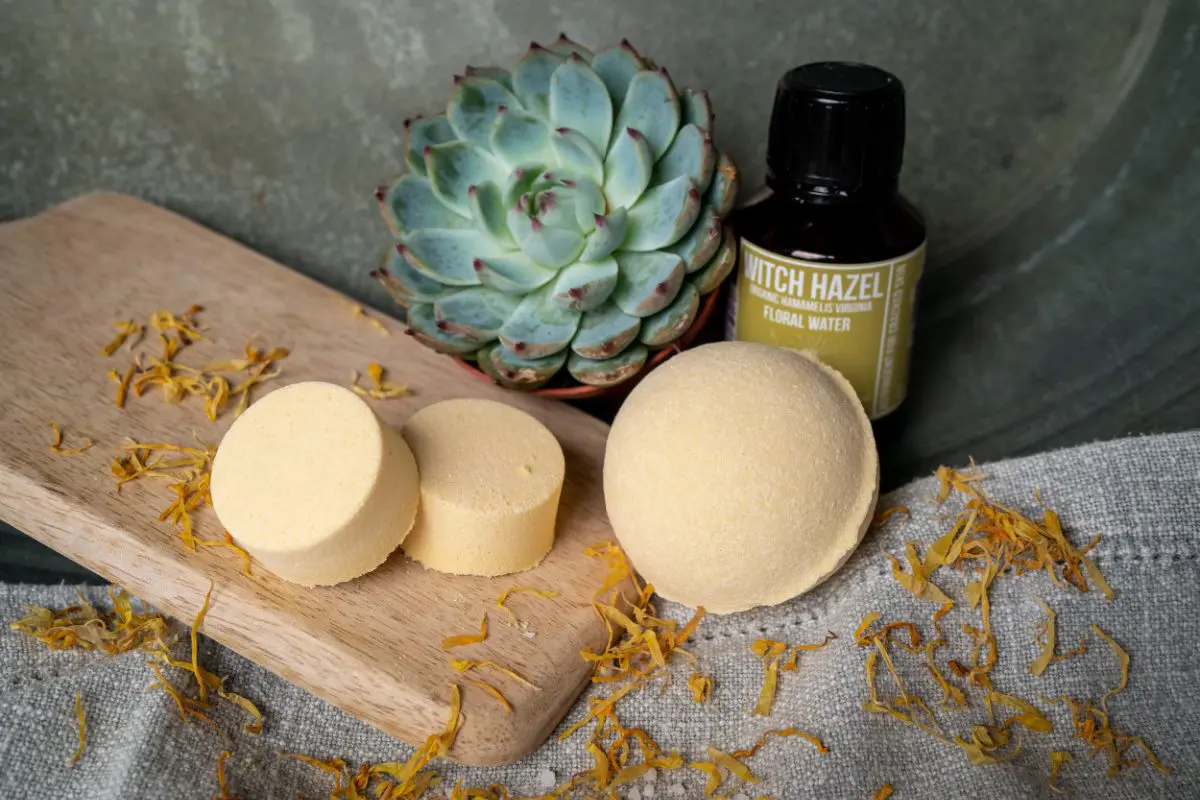
4. Clay-based soft bars
A third type of solid formulation is based on clay. These products do not have the same solid consistency as the first two formula types but instead have a soft pliable dough texture that can be molded into a bar shape.
Perfect for multi-purpose cleansers and face masks, these zero-waste cleansing bars create a tactile, sensory experience as the user transforms them into a soft paste by mixing them with water. The paste is applied to the skin, massaged and rinsed off.
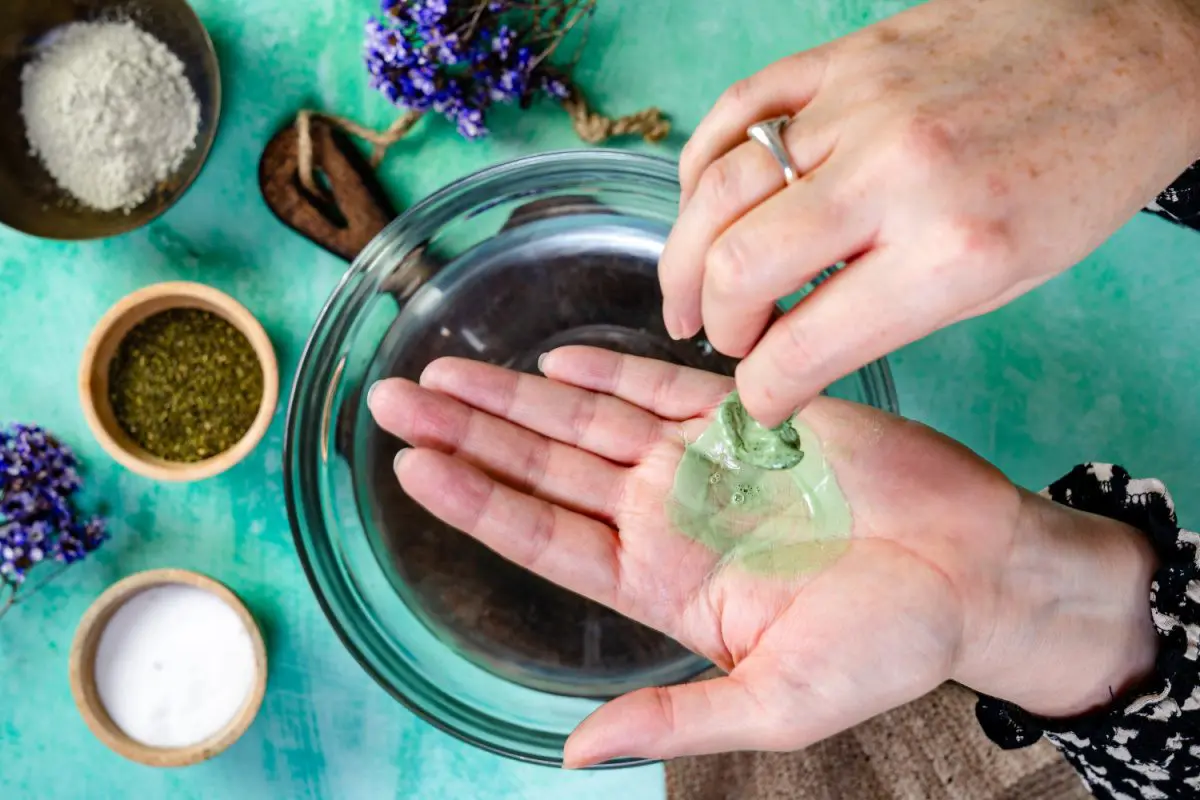
5. Cold process soap bars
Cold process soap bars are a category of zero waste beauty product in their own right! Soap bars provide gentle and effective cleansing for the skin.
Cold process soap bars are made via saponification; the chemical reaction that takes place between fat (for example, plant oil, plant butter or animal fat) and sodium hydroxide, also called ‘lye’.
The fatty acids and unsaponifiables in the natural oils and butters used to make soap give the soap nourishing and softening properties. Soap contains glycerin too – a humectant that moisturizes the skin.
When choosing which zero waste beauty products to make, you can choose to get into cold process soap making too, or not. As you can see, the choice of solid, zero waste beauty products you can make is huge even without soap bars.
Make your own zero waste beauty products
We hope you are excited by all the formulations it’s possible to create!
Our brand new online Diploma in Zero Waste Skincare and Haircare Formulation teaches you to formulate the first four types of solid products – and you can add on cold process soap bars too, if you like!
You’ll learn to formulate a huge range of zero waste beauty products including solid facial cleansers and exfoliators, solid moisturizers and serums, solid deodorant, solid shower products, solid shampoo and conditioner. You’ll also formulate powder concentrates, and learn about ingredient innovations that are helping to reduce waste – upcycled ingredients and biofermentation.
